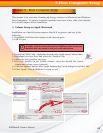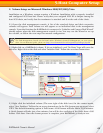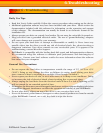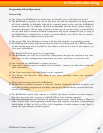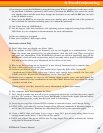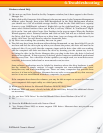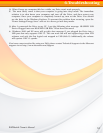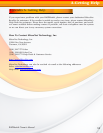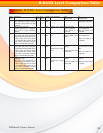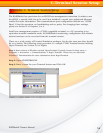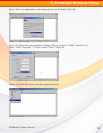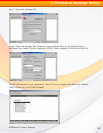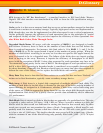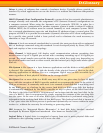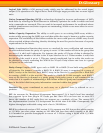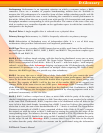
RAIDBank4 Owner’s Manual
53
Appendix B: RAID Level Comparison Table
RAID
Level
Description M i n .
Drives
Max.
Drives
Capacity Fault Tolerance Data
Transfer Rate
I/O
Request Rates
0 Also known as striping
Data distributed across multiple
drives in the array. There is no data
protection
1 4 ( N )
Disks
No fault tolerance Very High Very High for
Both Reads and Writes
1 Also known as mirroring.
All data replicated on 2 Separate
disks. This is a high availability
Solution,
2 2 1 Disk Greater than RAID
3,5
Reads are higher
Than a single disk;
Writes similar to a
single disk
Reads are twice faster
than a single disk;
Write are similar to a
single disk.
10 Also known as Block-Interleaved
Parity. Data and parity information
is subdivided and distributed across
all disk. Parity must be the equal
to the smallest disk capacity in the
array. Parity information normally
stored on a dedicated parity disk.
4 4 ( N / 2 )
Disks
Greater than RAID
3,5
Transfer rates more
similar to RAID 1 than
RAID 0
Reads are twice faster
than a single disk;
Writes are similar to a
single disk.
3 Also known as Bit-Interleaved
Parity. Data and parity information
is subdivided and distributed across
all disk. Parity must be the equal
to the smallest disk capacity in the
array. Parity information normally
stored on a dedicated parity disk.
3 4 ( N - 1 )
Disks
Lower than RAID 1,
10
greater than a single
drive
Reads are similar to
RAID 0;
Writes are slower than
a single disk
Reads are approximately
twice as fast as a single
disk;
Writes are similar to a
single disk.
5 Also known Block-Interleaved
Distributed Parity.
Data and parity information is
subdivided and distributed across
all disk. Parity must be the equal
to the smallest disk capacity in the
array. Parity information normally
stored on a dedicated parity disk.
3 4 ( N - 1 )
Disks
Lower than RAID 1,
10
greater than a single
drive
Reads are similar to
RAID 0;
Writes are slower than
a single disk
Reads are similar to
RAID 0;
Writes are slower than a
single disk.
B-RAID Level Comparison Table



